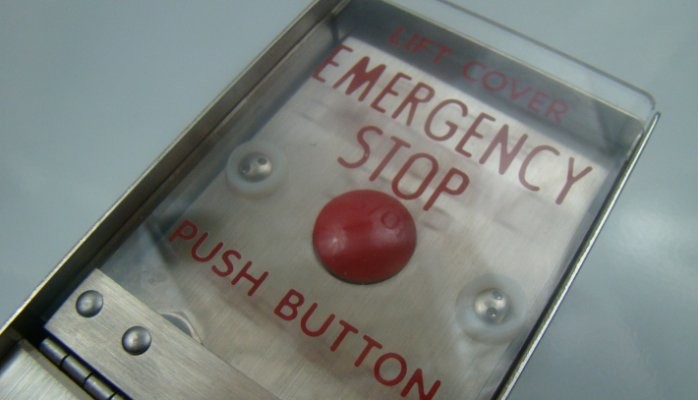
Elevators, a STOP Button and Public Perception of The Internet of Things
I put together a slide deck for a presentation on the Internet of Things to the Mobile Twin Cities User's Group meetup last week. One of the points that I made during my presentation are reasons I see contributing to a somewhat slow adoption of the IoT ( security, interoperability, etc ). However, I also lay out some of the social aspects of the changes we are asking people to make. In particular, not allowing an easy way for users to opt out of their data being captured.
This got me to thinking about if there's other inventions and revolutionary changes that have happened in the past that we could learn from. I was then reminded of this great story I heard on NPR earlier this about the history of the elevator. If you haven't read or listened to it, it's fascinating.
Essentially it goes like this:
Elevators were first invented in the late 1800's, however people we terrified by them. From their perspective, they are heavy boxes of metal hanging in the air by a cable. That scared people. The elevator industry created elevator operators who guided the elevators by hand, however mistakes happened from time to time with people getting on and off the elevators and some deaths actually occurred. So, in 1900 the elevator industry added doors with safety bumpers and automatic stopping ability among other features. The driverless elevator was here! Unfortunately, the public hated it. They felt more safe with a manual operator - someone who they could talk to and see operating it. It seemed that this great invention of the automatic elevator was not to be. However, in 1945 something dramatic happened. The elevators operators in New York City went on strike and they stopped running the elevators! It prevented 1.5 million office workers getting to work and shut down the city costing businesses millions. Everyone agreed something had to be done.
The elevator industry went to work convincing people that automatic elevators were the way of the future. They created advertisements with pictures of children pushing the buttons and grandma riding in the elevator to show how safe it was. There were soothing voices telling the rider what they needed to do when they entered. The elevators included a phone to call in case of an emergency and most importantly... a big red button that said "STOP".
These changes worked and rest is history. The public became comfortable with automatic elevators.
If you listen to the story I referenced on MPR, it is about Google's self driving car, but I think a larger story could be told for every device and the data we are asking people to adopt in this area of the IoT. There's huge social perception issue about these devices and specifically, the data they capture in our lives. I fully believe that when people feel in control they adopt new technology more quickly. Putting some type of a "STOP" button in these systems might be one of the techniques we can use to make consumers feel safe and increase adoption of the Internet of Things.
For more thoughts and articles on the Internet of Things, please be sure to subscribe to IoT Weekly News.
Director, Quality Assurance and Infrastructure at Bluecore
8yThank you Justin, I really liked this article. I think it's really empowering for end users to have some sort of "stop button" designed/incorporated into all cutting-edge development, in different disciplines (security, comprehension, receipt of service, etc.). Also, it made me smile a bit to see you mention it as "MPR" (like a proper Minnesotan), versus "NPR". :)
Fascinating analogy of the elevator to the driverless car!